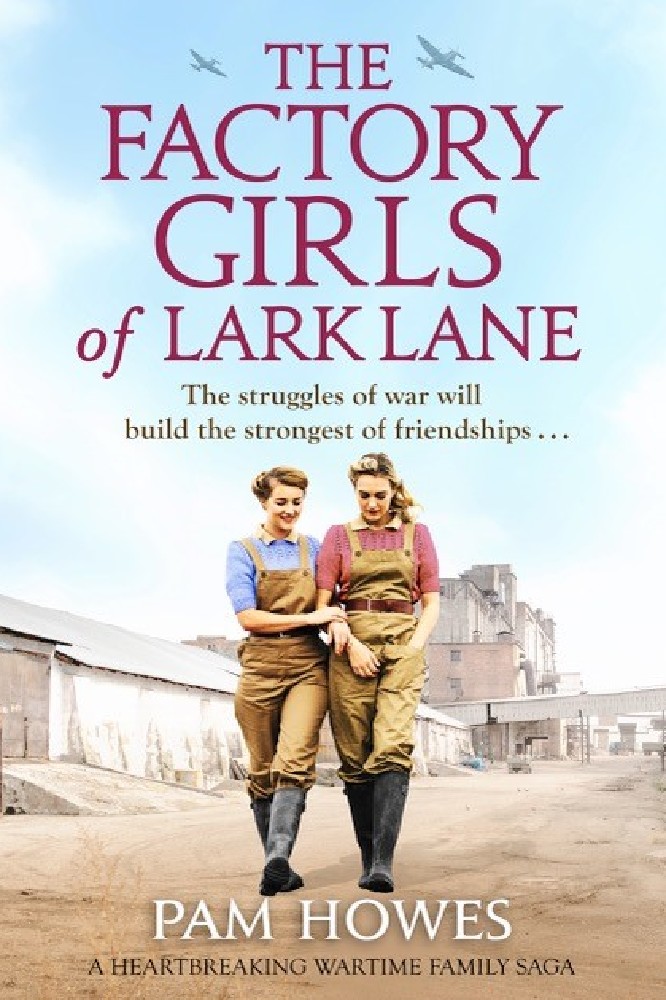I set my stories during and after WW2, up to the early sixties so most of the ten points here apply.

The Factory Girls of Lark Lane
My characters are likely to be living on a shoe-string budget, but will always endeavour to look their best on a night out, even if they have to scrape the last of their lippy out of the tube with a finger nail and use gravy browning on their legs as stockings were in short supply during WW2.
If female, and the main protagonists in a family saga usually are, there is a possibility they are currently the main breadwinner as most males will be abroad fighting for their country. Time is tight and women have to come home from work and cook and feed their family with whatever they have in the larder. They’d be unlikely to have a fridge unless they were landed gentry or the royals, and nothing ever went to waste!
Radios didn’t exist, well they did, but they were known as wirelesses and were the main source of entertainment in a family, alongside a piano, and possibly a wind-up gramophone if there was a few bob to spare to buy one.
Very few homes had a telephone. Businesses and doctors surgeries would have one, but usually only one house on a street of about thirty would be lucky enough to afford a phone. Neighbours would ask to use it in an emergency and a few pennies would be left to cover the cost of the call. Alternatively, a stroll to the nearest red phone box was the other option. News travelled fast in close knit communities so the local gossips took the place of a phone as a means of getting the word out.
Children played out quite safely on car-free streets and local parks. No television back then. Books were chosen in libraries to read at home.
Going to the cinema was referred to as going to the pictures or the flicks; always a popular source of entertainment. And for the children, Saturday morning matinees kept them off the streets. Kids would surge out after the film, pretending to be Roy Rogers or Shirley Temple.
Very few families had cars. People used trams and buses to get around. One’s own transport was likely to be a pushbike or if you were lucky, a motorbike.
Rag and Bone men would take away any old clothes that hadn’t been turned into floor cloths and dusters. In exchange, a donkey stone for whitening the steps and windowsills would be given. The competitive rivalry between housewives, on who had the cleanest steps and whitest lace curtains, was rife on every street, no matter how poor the householder. Pride is everything when they have little else.
There was no health and safety in the time scale. I write about Kids collected shrapnel from bomb sites, played conkers in the school playground, swam in rivers, caught nits, played on trashers made from old pram wheels and bits of wood, and no one died as a consequence!
Hardly anyone living in the terraced and cobbled back streets owned their own homes. In the poorest communities, many rented houses were owned by seedy landlords. Squalid conditions with no bathrooms or indoor toilets were fairly normal as were moon-light flits on handcarts to avoid paying rent arrears.

